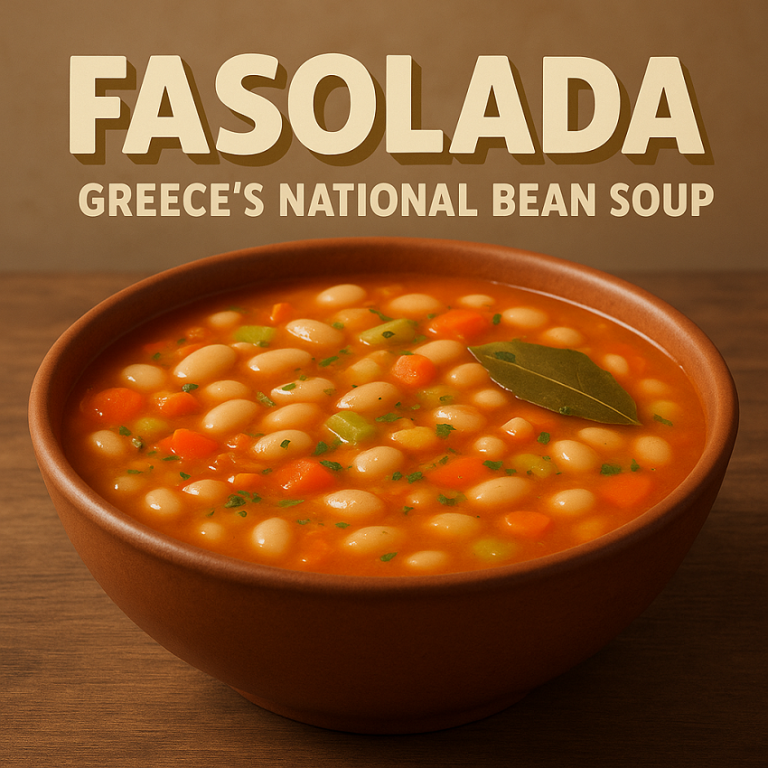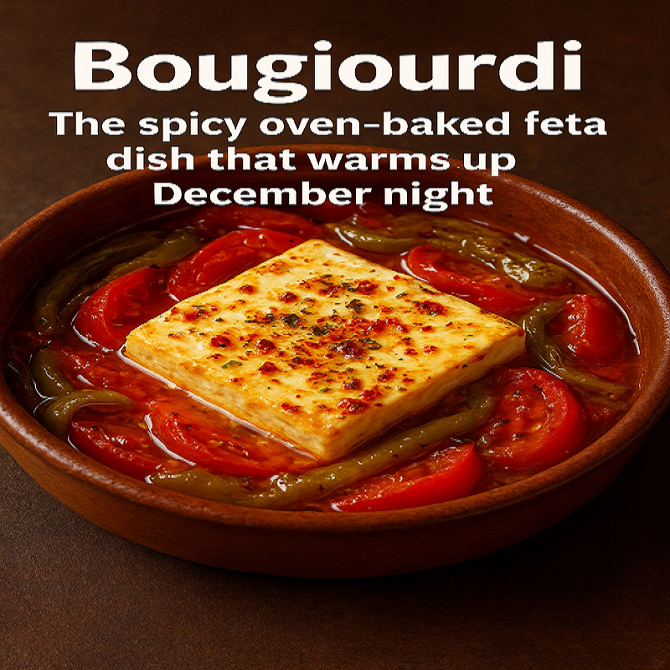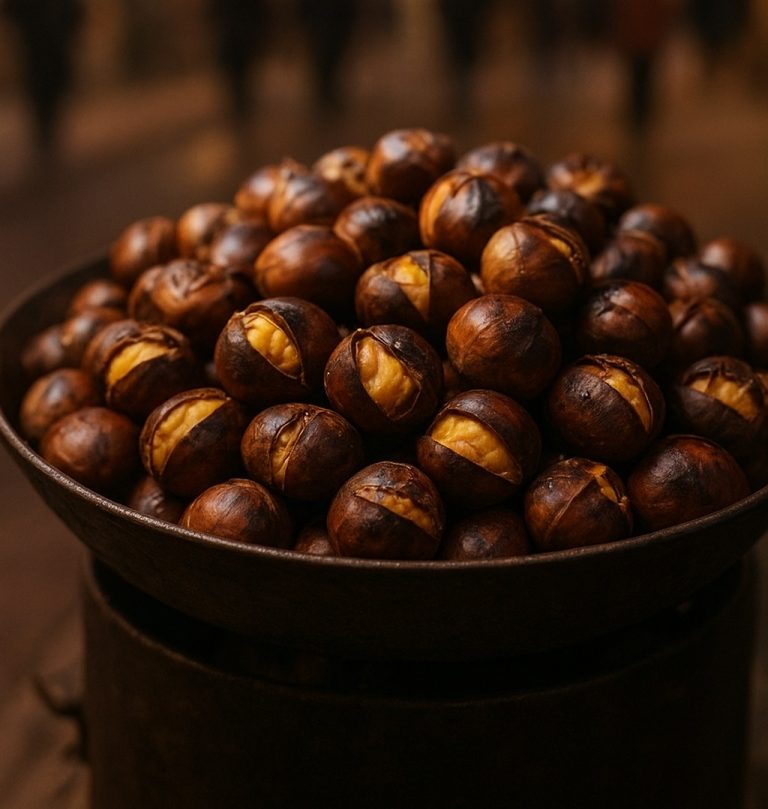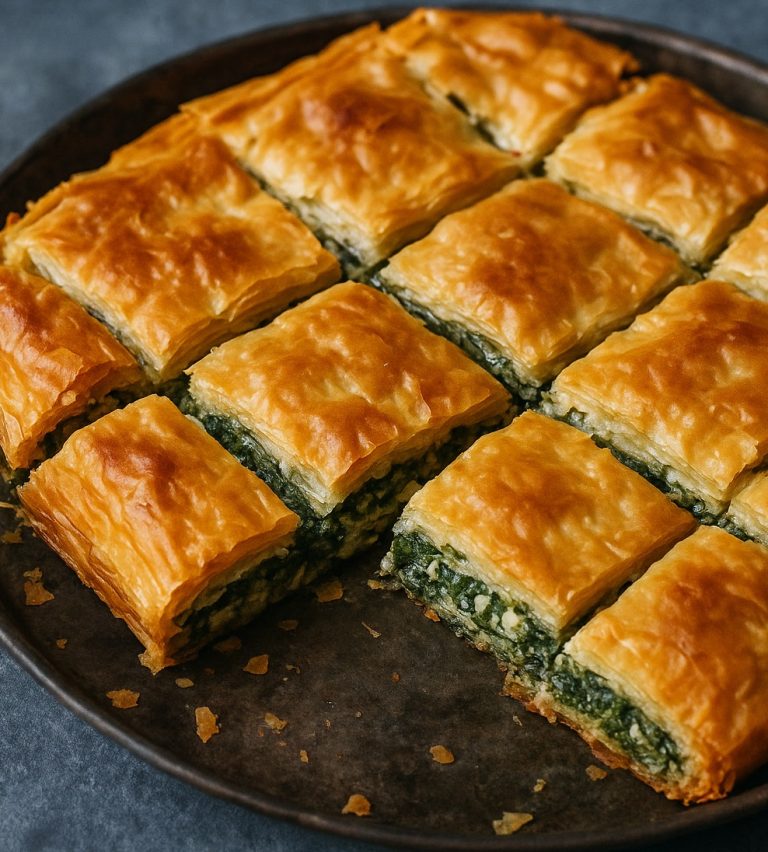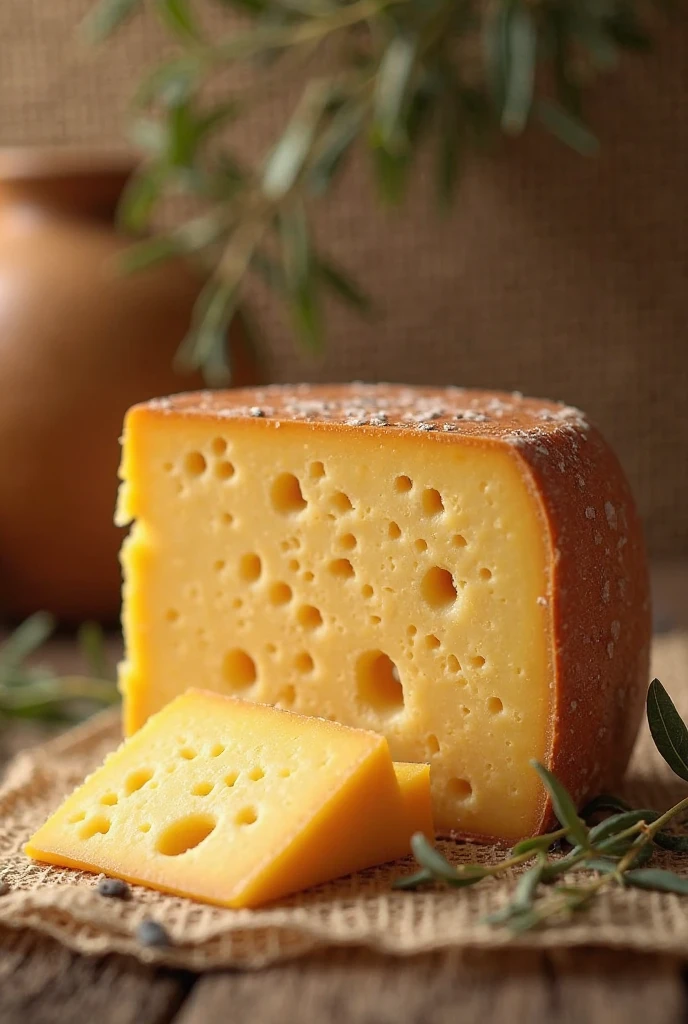
Kefalotyri is a traditional Greek cheese that embodies the rich culinary heritage of Greece. Known for its distinct flavor and versatility, this cheese has earned a special place in both local and international cuisines.
Origin and History
Kefalotyri is believed to have originated in the region of Thessaly, although it is now produced in various areas across Greece, including Epirus and the Cyclades. The name “Kefalotyri” derives from the Greek words “kefali,” meaning head, and “tyri,” meaning cheese, reflecting its historical association with the head or top of the cheese-making process.
Traditionally, Kefalotyri is made from sheep’s milk or a mixture of sheep and goat’s milk. Its production dates back centuries, and it was originally made by local shepherds who used ancient techniques to preserve the milk and create delicious cheese. The cheese-making process involves curdling the milk, draining it, and then pressing it into molds. The cheese is then aged for a period, allowing its flavors to develop.
Historically, Kefalotyri was often made in rural areas where access to refrigeration was limited. The aging process not only enhanced the flavor but also served as a preservation method, allowing the cheese to be stored for longer periods. This practical aspect of cheese-making has made Kefalotyri a staple food in many households throughout Greece.
Characteristics
Kefalotyri is a hard cheese, typically aged for several months, which contributes to its firm texture and robust flavor. It has a yellowish color and a slightly salty, tangy taste that becomes more pronounced with aging. The texture is dense and crumbly, making it easy to grate or slice.
Nutritional Value
Kefalotyri is not only flavorful but also packed with nutrients. It is a good source of protein, calcium, and essential vitamins, such as B12 and riboflavin. The cheese contains healthy fats, which can provide energy, although it is important to consume it in moderation, especially for those monitoring their sodium intake. Its high calcium content supports bone health, making it a beneficial addition to a balanced diet.
Culinary Uses
Kefalotyri is incredibly versatile and can be used in a variety of dishes. Here are some popular ways it is enjoyed in Greek cuisine:
- Saganaki: One of the most famous dishes featuring Kefalotyri is Saganaki, where the cheese is pan-fried until golden and crispy on the outside while remaining soft inside. This dish is often served as an appetizer and is best enjoyed with a squeeze of lemon. The crispy exterior contrasts beautifully with the creamy interior, making it a favorite among cheese lovers.
- Grating: Due to its hard texture, Kefalotyri is commonly grated over pasta dishes, salads, and baked goods, adding a rich flavor and a savory touch. It can be used as a substitute for Parmesan cheese, offering a unique twist to classic recipes.
- Stuffing: It can also be used as a filling in various pastries or as a component in savory pies, enhancing the overall taste. For example, it can be combined with spinach and herbs to create a delicious filling for spanakopita, a traditional Greek pie.
- Pairing: Kefalotyri pairs wonderfully with a variety of foods, including olives, cured meats, and fresh bread. It also complements red wines and Greek ouzo, making it a popular choice for meze platters. The cheese’s bold flavor stands up well against robust accompaniments, enhancing the overall dining experience.
- Grilled or Roasted: Kefalotyri can be grilled or roasted, bringing out its flavors even more. Grilled slices can be served alongside vegetables or included in sandwiches, adding a delightful cheesy element.
Cultural Significance
Kefalotyri is not just a culinary delight; it also holds cultural significance in Greece. It is often featured in celebrations, family gatherings, and festive occasions. In many Greek households, cheese is an integral part of meals, symbolizing hospitality and abundance. The preparation and sharing of dishes that include Kefalotyri foster a sense of community and tradition.
Moreover, the cheese is often used in religious celebrations and special occasions, such as weddings and holidays. It is common for families to prepare large feasts that showcase traditional cheeses, including Kefalotyri, highlighting its importance in Greek culture.
Conclusion
Kefalotyri is more than just a cheese; it is a symbol of Greek culture and culinary artistry. Its unique flavor and versatility make it a beloved ingredient in many dishes, both traditional and modern. Whether enjoyed on its own, as part of a meze platter, or incorporated into recipes, Kefalotyri delivers a taste of Greece that is rich in history and flavor. The enduring popularity of this cheese is a testament to its quality and the traditions that continue to celebrate its place in Greek cuisine. As you explore the rich flavors of Greek food, be sure to include Kefalotyri, a true representation of the country’s gastronomic heritage.
